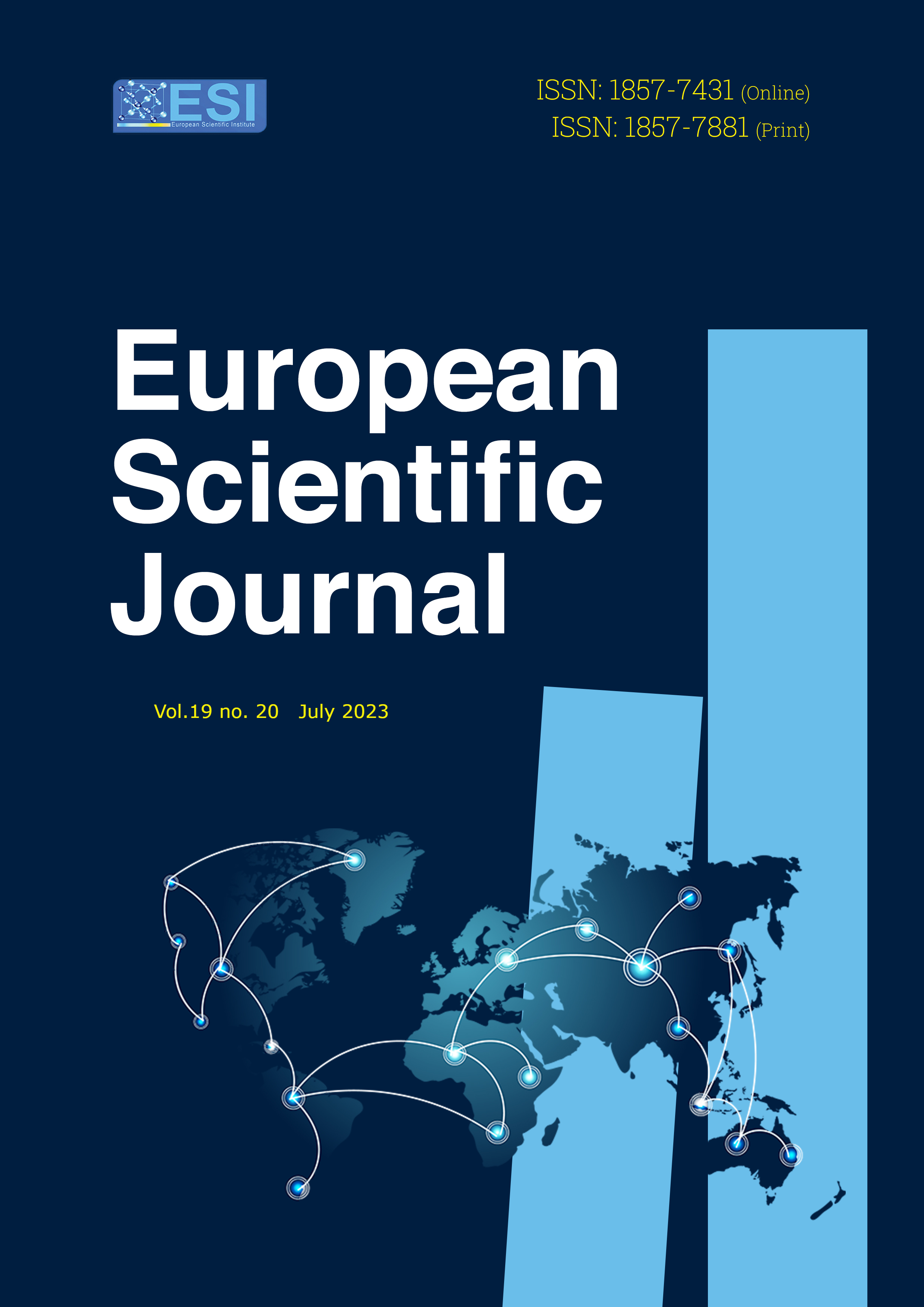Mediterreanization as a Developmental Phase of Media in Transitional Democracies: Case of Georgia
Abstract
For almost three decades, there has been ongoing analysis of post-communist transitional media as a mutual product of Soviet ideological legacy and Western liberal values in the West, as well as in the post-Soviet sphere. In the transition period, media pluralism has become a common occurrence in contrast with the Soviet period. Reforms directed from the top are rendered arbitrary, and as a result, the unpredictable process gained momentum and was the last straw to end the Soviet Union. What are the specific elements of Mediterraneanization that are clearly expressed in the Georgian reality and what spot should Georgia’s media occupy on the map of systems? To answer this question, emphasis should be placed on specific issues such as the influence of the state and political parties on the media agenda, integration of media and political elites, professionalization of journalism, as well as the sociocultural context of the period of independence. This paper focuses on answering these questions. The present study is the compilation of quantitative and qualitative approaches. 12 media researchers and theoreticians, mainly teachers of Georgian higher education institutions, were selected for the research along with the review of the scientific literature and theory related to the issue. The semi-structured interviews, based on a preliminary questionnaire, were conducted with each researcher. The experts’ responses were processed and compared according to quantitative and qualitative characteristics. Text material was condensed and key messages were highlighted. On the basis of the results, their interpretation and cause-and-effect connection was made.
Downloads
Metrics
PlumX Statistics
References
2. Anceschi, L. (2010). Integrating domestic politics and foreign policy making: the cases of Turkmenistan and Uzbekistan, Central Asian Survey, Volume 29, Issue 2.
3. Becker, J. (2004). Lessons from Russia: A Neo-Authoritarian Media System. European Journal of Communication. Volume 19, Issue 2.
4. Carelli, P. (2012). Forms and Structures of Albanian Television’s Dependency on Italian Media and Culture. Journal of European Television History and Culture. Volume 19, Issue 5.
5. Caucasus Institute for Peace, Democracy and Development (2009). Policy Report, Tbilisi. Georgia.
6. Chedia, B. (2008). The role of mass media in transforming. In the political system. Dissertation, TSU. Tbilisi. Georgia.
7. Freedom House (2011). Report. Retrieved at https://freedomhouse.org/sites/default/files/2020-02/Freedom_in_the_World_2011_complete_book.pdf
8. Goban-Klas, T. (1994). The Orchestration of the Media. Politics of Mass Communications in Communist Poland and the Aftermath. Westview Press.
9. Gross, P. (2003). New Relationships: Eastern European media and the post-Communist political world. Journalism Studies. Volume 4, Issue 1.
10. Hallin, D. & Mancini, P. (2004). Comparing Media Systems Beyond the Western World. Cambridge University Press.
11. Jakubowicz, K. (2008). Finding the Right Place on the Map Central and Eastern European Media Change in a Global Perspective. Chikago, USA
12. Junisbai, B. (2011). Oligarchs and Ownership: The Role of Financial-Industrial Groups in Controlling Kazakhstan’s ‘Independent’ Media. Michigan State University Press.
13. Kenny, T. & Gross, P. (2008). Journalism in Central Asia: A Victim of Politics, Economics, and Widespread Self-censorship. Sage Journals.
14. Mukhin, A. (2005). Media Impires of Russia. Algorhyme. a
15. Saldadze, M. (2008). Problems of media space pluralism in Georgia. Report of the Caucasus Institute for Peace, Democracy and Development.
16. Shafer, R. & Freedman, E. (2006). Obstacles to the Professionalization of Mass Media in Post-Soviet Central Asia: a case study of Uzbekistan. Journalism Studies . Volume 4, Issue 1. Retrieved at https://www.researchgate.net/publication/233276460_Obstacles_to_the_Professionalization_of_Mass_Media_in_Post-Soviet_Central_Asia_a_case_study_of_Uzbekistan
17. Shoshitashvili, N. (2010). Freedom of Media and Independence of Media in Post-Revolutionary (2003-2009) Georgia. Dissertation, TSU. Georgia.
18. Smaele, H. (1999). The Applicability of Western Media Models on the Russian Media System, European Journal of Communication. Volume 14, Issue 2.
19. Splichal, S. (1994). Media beyond socialism: Theory and practice in East-Central Europe. Westview Press.
20. Vartanova, E. (2012). The Russian Media Model in the Context of Post-Soviet Dynamics. Cambridge University Press.
21. Vihalemm, P. (2002). Baltic Media in Transition. Tartu University Press.
22. https://www.tsu.ge/data/file_db/faculty_social_political/soc%20nino%20shoshita.pdf
23. http://www.nplg.gov.ge/dlibrary/collect/0002/000798/Makharadze%20Ia-Dis..pdf
24. http://dspace.nplg.gov.ge/bitstream/1234/252394/1/Disertacia.pdf
Copyright (c) 2023 Khathouna Maisashvili, Ketevan Mumladze

This work is licensed under a Creative Commons Attribution 4.0 International License.








